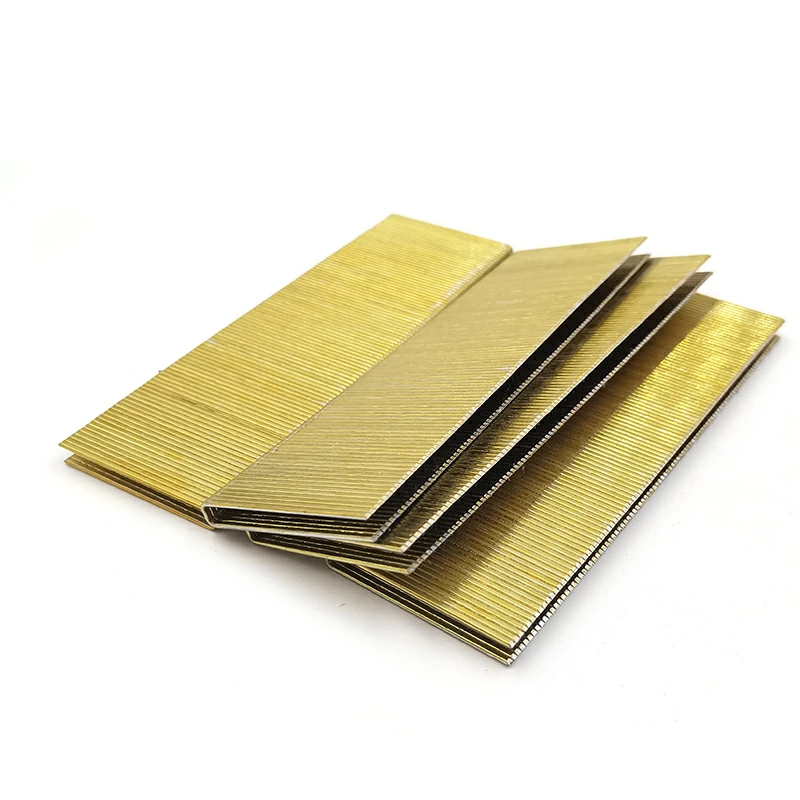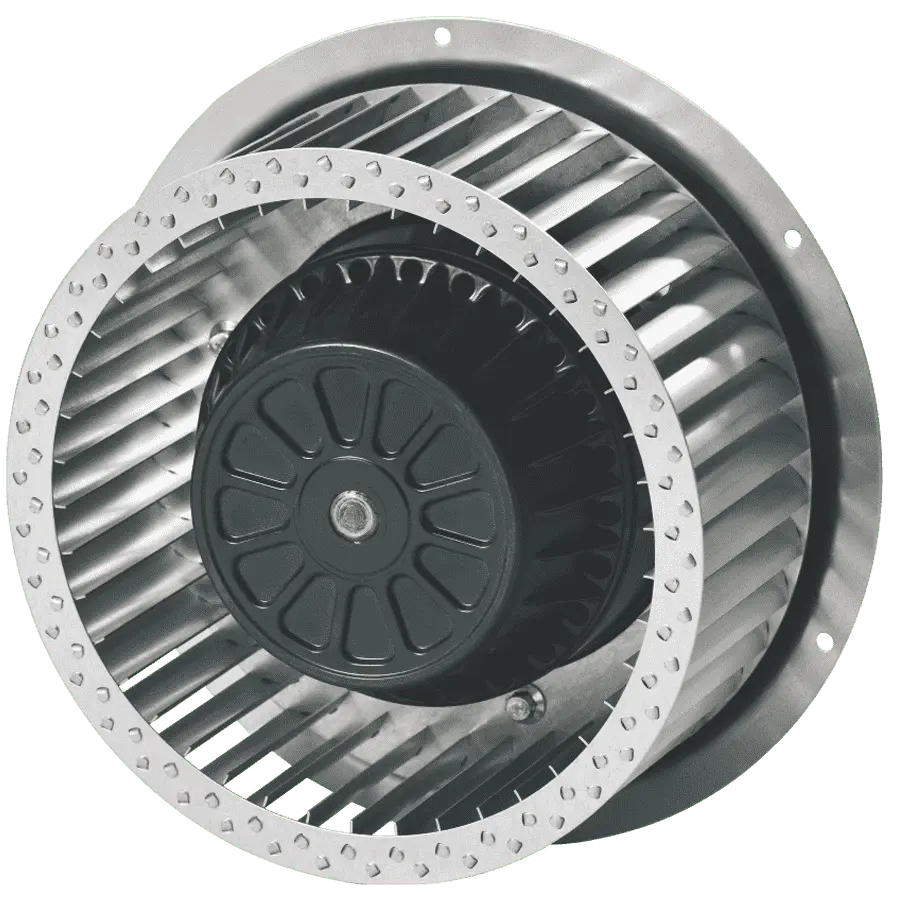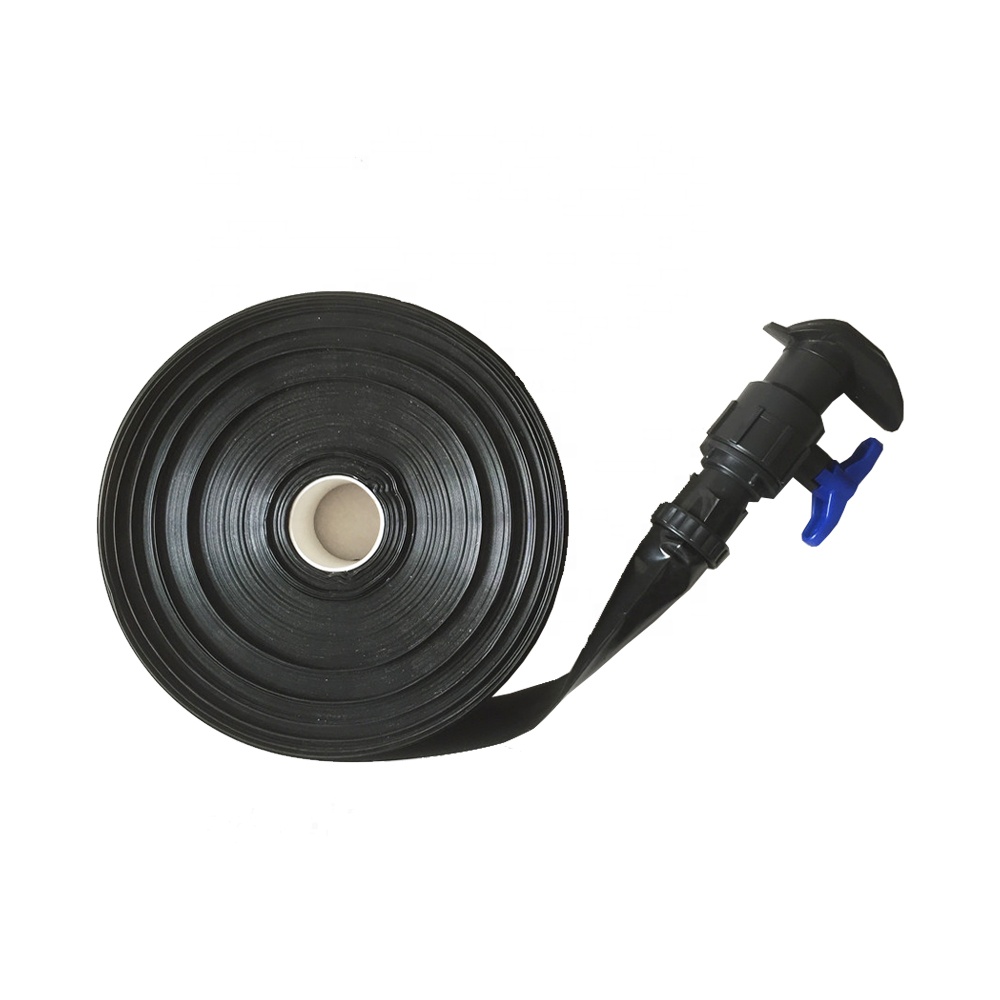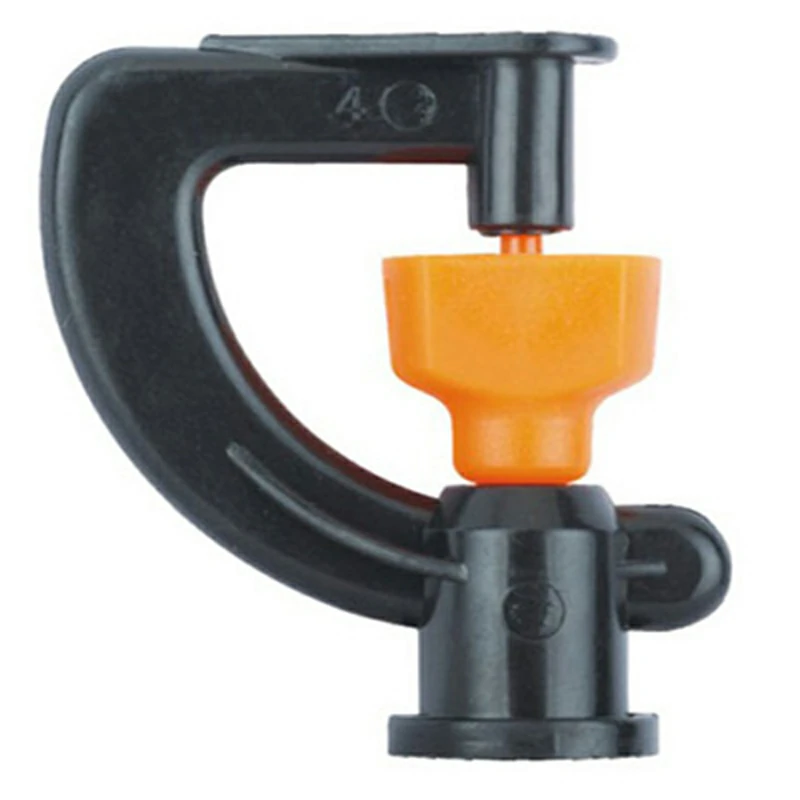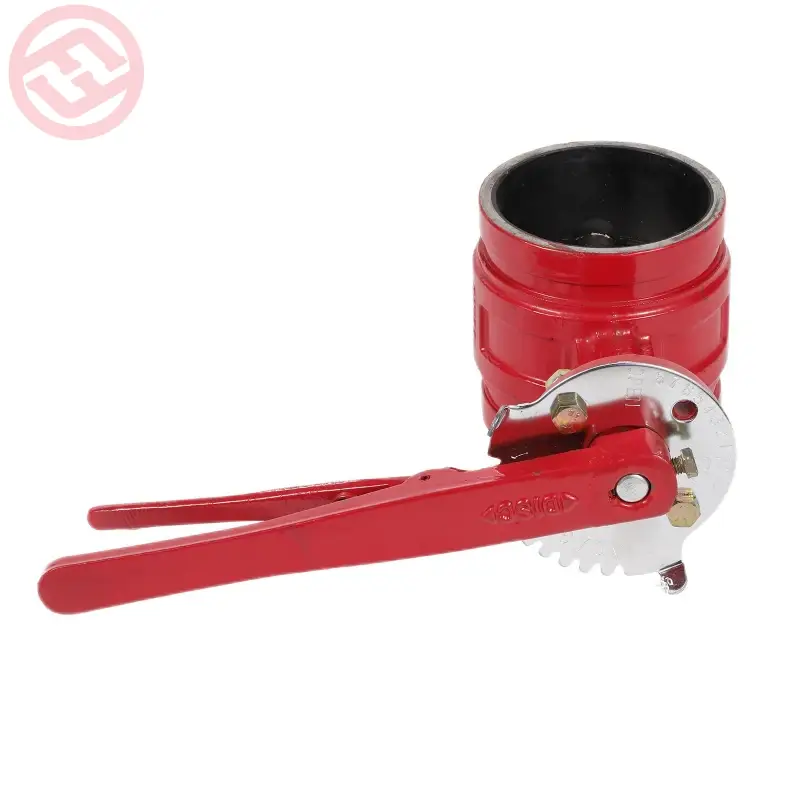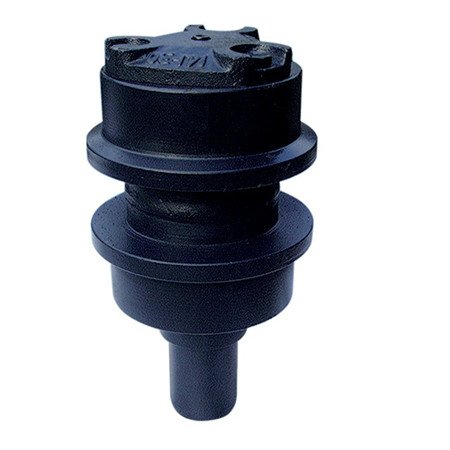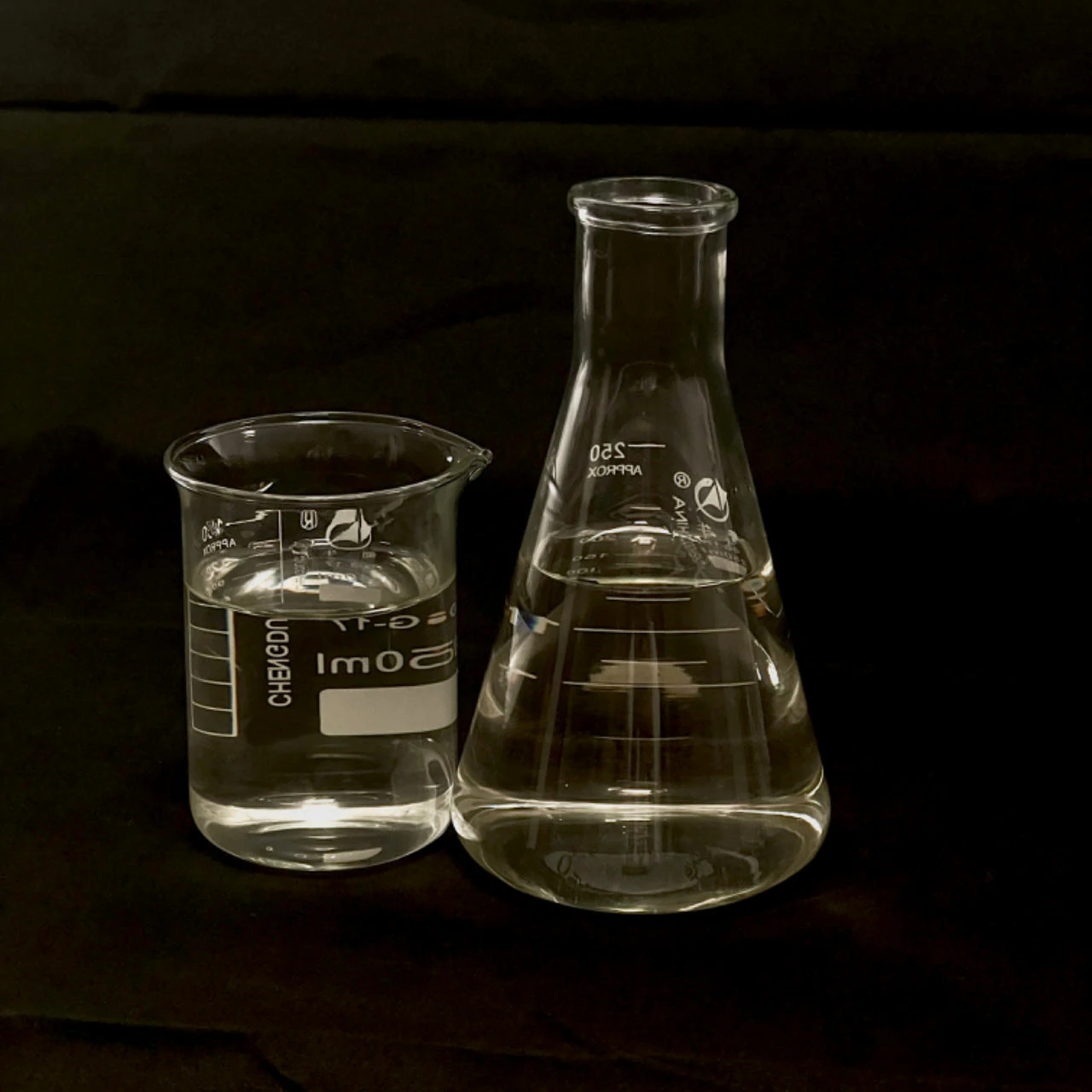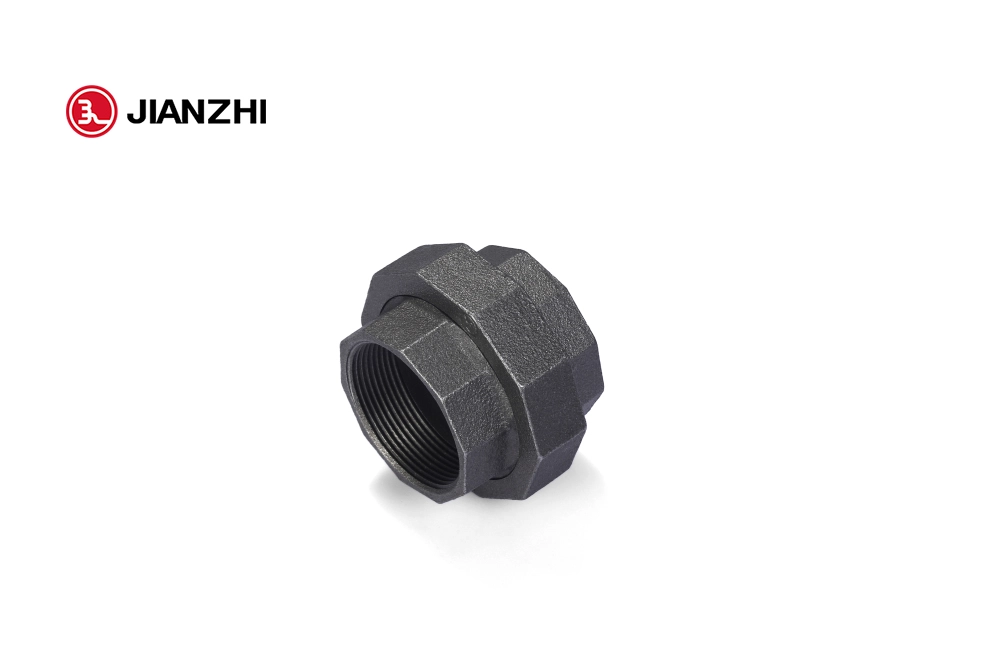Introduction
In the world of fastening and stapling, 18 caliber stainless steel crown staples stand out as reliable and versatile staples used in various applications. These staples are designed to provide secure and durable fastening solutions for a wide range of materials. In this article, we will explore the significant role of 18 caliber stainless steel crown staples and delve into the materials that make them a preferred choice for many professionals.
The Role of 18 Caliber Stainless Steel Crown Staples
18 caliber stainless steel crown staples play a crucial role in fastening materials together securely and efficiently. They are specifically designed to fulfill the following functions:
- Secure Fastening: These staples provide a strong and reliable bond between materials. Their sturdy construction ensures that the fastened items remain securely in place, even under stress or movement.
- Versatile Applications: 18 caliber stainless steel crown staples find utility in a wide range of applications across various industries. They are commonly used in construction, carpentry, upholstery, packaging, and other areas where secure fastening is essential.
- Aesthetics: The narrow crown design of these staples offers a discreet and inconspicuous fastening solution. This makes them suitable for applications where aesthetics are important, such as furniture assembly or trim work.
- Resistance to Corrosion: Stainless steel, the primary material used in these staples, provides excellent resistance to corrosion and rust. This ensures the longevity and durability of the staples, even in challenging environments or when exposed to moisture.
Material Composition of 18 Caliber Stainless Steel Crown Staples
18 caliber stainless steel crown staples are typically manufactured using high-quality stainless steel. Stainless steel is a preferred material for these staples due to its several beneficial properties:
- Strength and Durability: Stainless steel is known for its exceptional strength and durability. It can withstand significant pressure and tension, making it ideal for heavy-duty applications.
- Corrosion Resistance: Stainless steel is highly resistant to corrosion, rust, and staining. This property makes it suitable for outdoor or high-moisture environments, as it helps prevent the staples from deteriorating over time.
- Temperature Resistance: Stainless steel maintains its integrity and strength even under extreme temperatures, making it reliable in various climates and conditions.
- Hygienic Properties: Stainless steel is easy to clean and maintain, making it a preferred choice in applications where cleanliness and hygiene are important, such as medical equipment or food packaging.
Conclusion
18 caliber stainless steel crown staples play a vital role in securely fastening materials across a range of industries and applications. Their secure fastening capabilities, versatility,18 gauge stainless steel crown staples and resistance to corrosion make them an excellent choice for construction, carpentry, upholstery, packaging, and other projects. By utilizing 18 caliber stainless steel crown staples, professionals can ensure reliable and durable connections, promoting structural integrity and longevity in their work.
